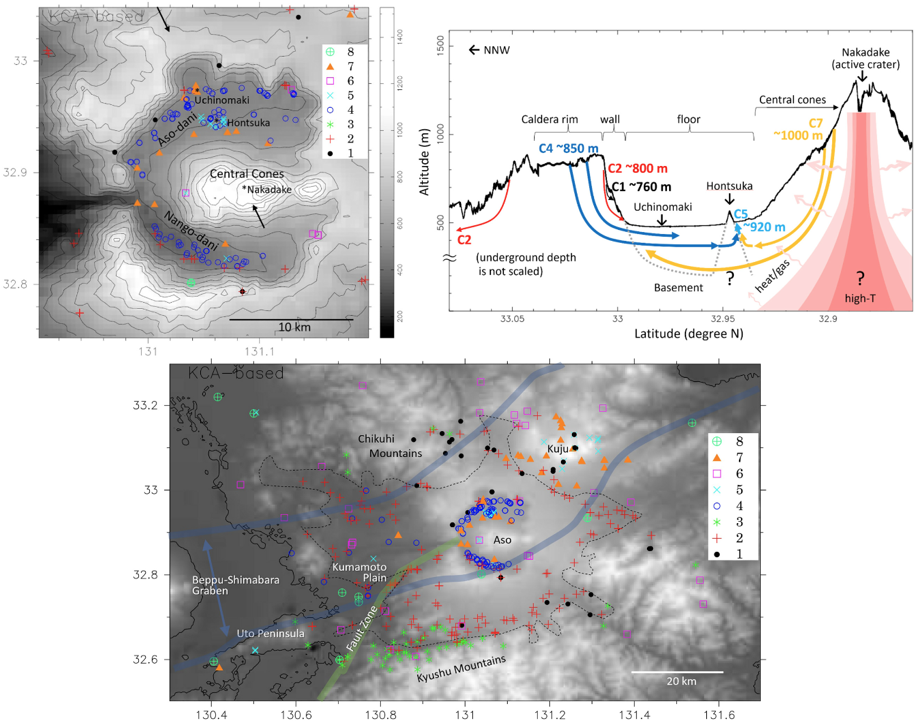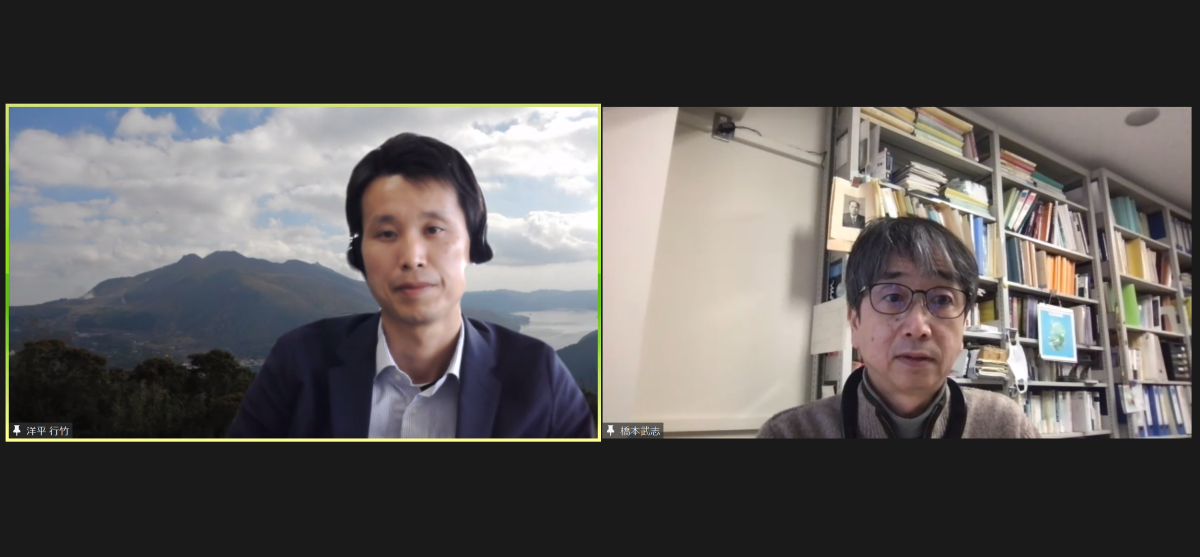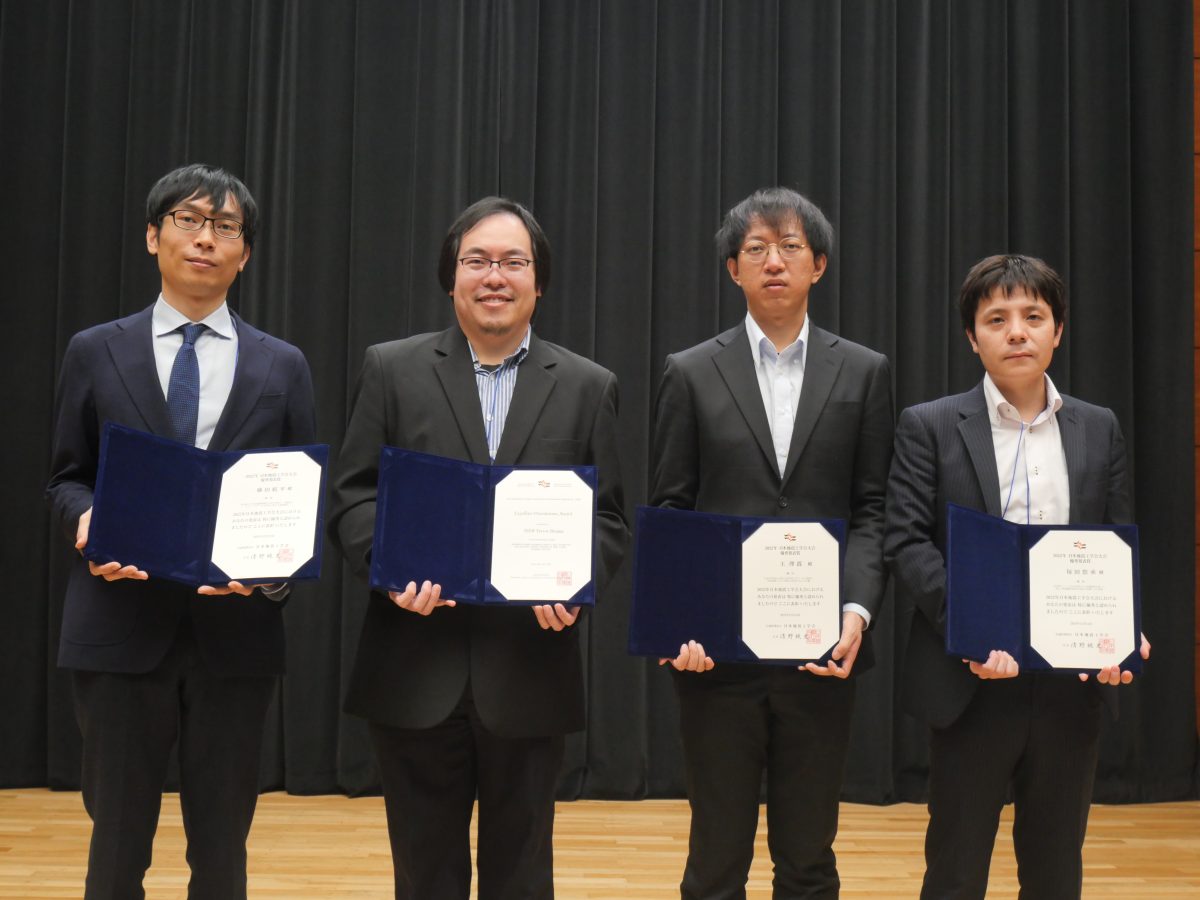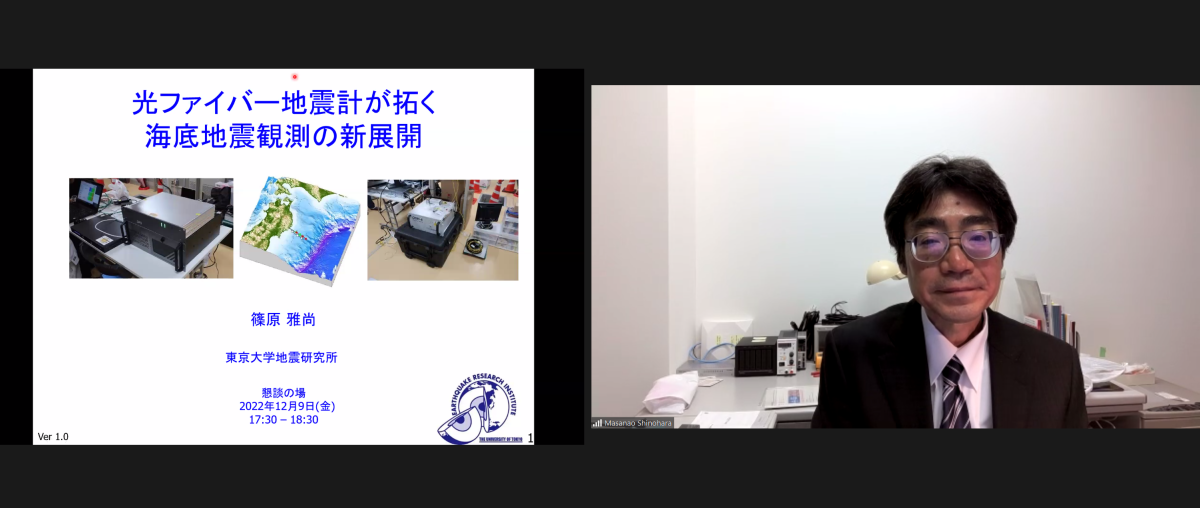The Tristan da Cunha mantle plume and its role in the continental breakup and opening of the South Atlantic (insights from geophysical, petrological and geochemical studies along the Walvis Ridge hotspot track)
Wolfram Geissler (Alfred Wegener Institute Helmholtz Center for Polar and Marine Research, Germany)
Abstract
Tristan da Cunha is a hotspot in the South Atlantic Ocean, located ~450 km east of the Mid-Atlantic Ridge. The intraplate volcanoes and seamounts that form the Tristan da Cunha archipelago are connected to the Cretaceous (~132 Ma) Etendeka continental flood basalt province in Namibia via the aseismic Walvis Ridge. The ridge is built-up by seamounts chains and submarine volcanic plateaus that show a clear age progression and extend from the Namibian continental margin (northeast) to the volcanic islands of Tristan da Cunha and Gough (southwest). This age-progressive distribution of volcanic rock samples collected from the Walvis Ridge and the Rio Grande Rise west of the Mid-Atlantic Ridge provide evidence for the volcanism at Tristan da Cunha and the formation of Cretaceous flood basalts in Namibia and Brazil to be due to a common hotspot source, with the Walvis Ridge and the Rio Grande Rise documenting the hotspot tracks. The Tristan da Cunha-Walvis Ridge system is one of the few examples of a complete hotspot track, and thus the it is generally assumed to be a surface expression of a long-lasting mantle plume. However, a debate continues about whether the mantle plume beneath Tristan da Cunha is an expression of convection of the whole mantle or of shallower plate-driven convection. The hypothesis of a deep mantle plume origin of the hotspot volcanism at the Tristan da Cunha archipelago is supported by anomalous geochemical data, geochronological constraints, and global seismic tomography. The first proof of the Tristan da Cunha mantle plume activity are the Cretaceous Etendeka-Parana flood basalts, that erupted shortly before the South Atlantic finally opened. Therefore, a debate exists about whether the mantle plume triggered the continental breakup or played at least a strong role in facilitating the breakup. NW Namibia, the Walvis Ridge, Tristan da Cunha, and the South Atlantic Ocean in general were target regions for various international geophysical and geochemical projects over the past two decades, including a recent IODP expedition to the Walvis Ridge. In my talk, I will summarize the recent findings on the Tristan da Cunha mantle plume activity and its role during the breakup of the South Atlantic Ocean.





